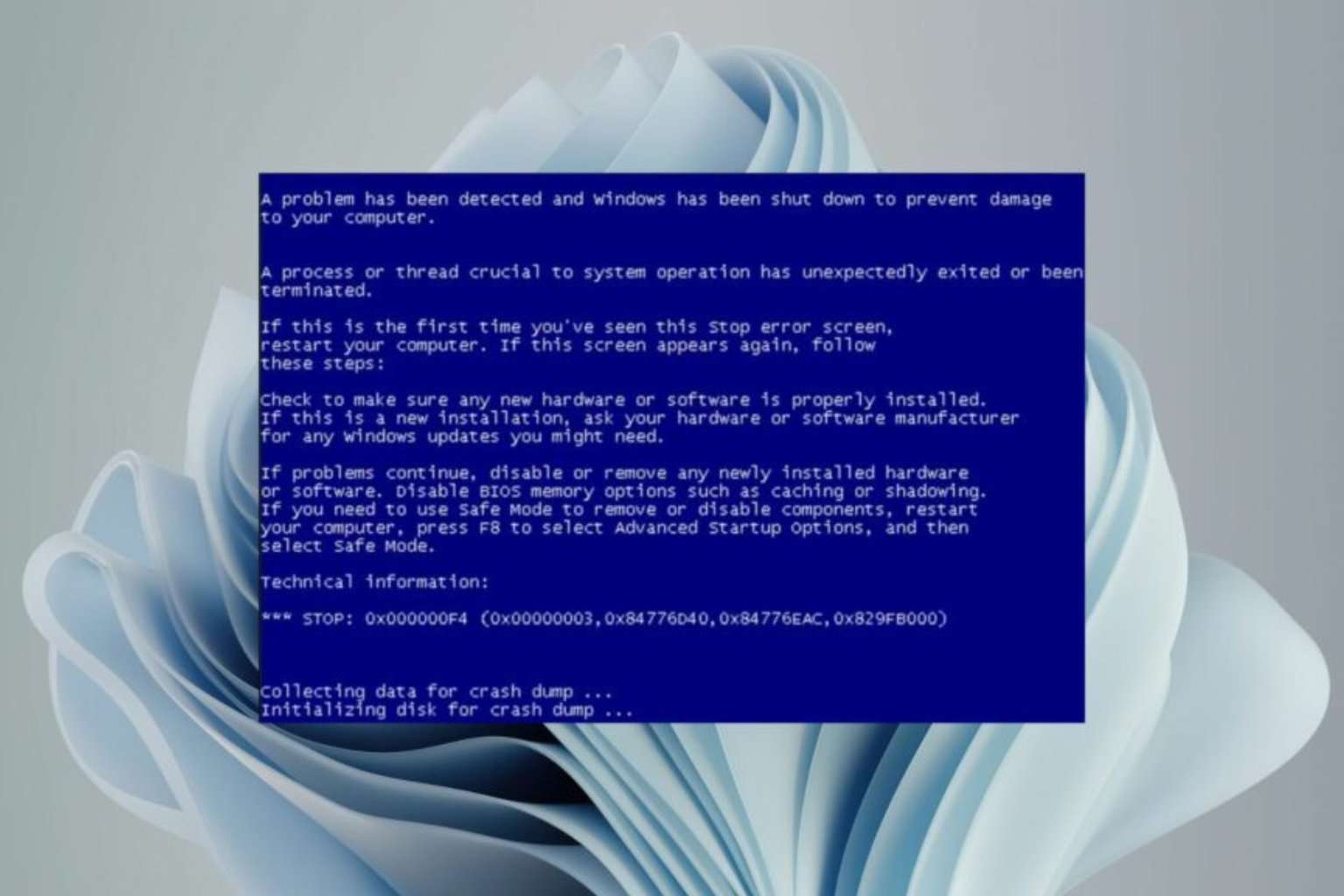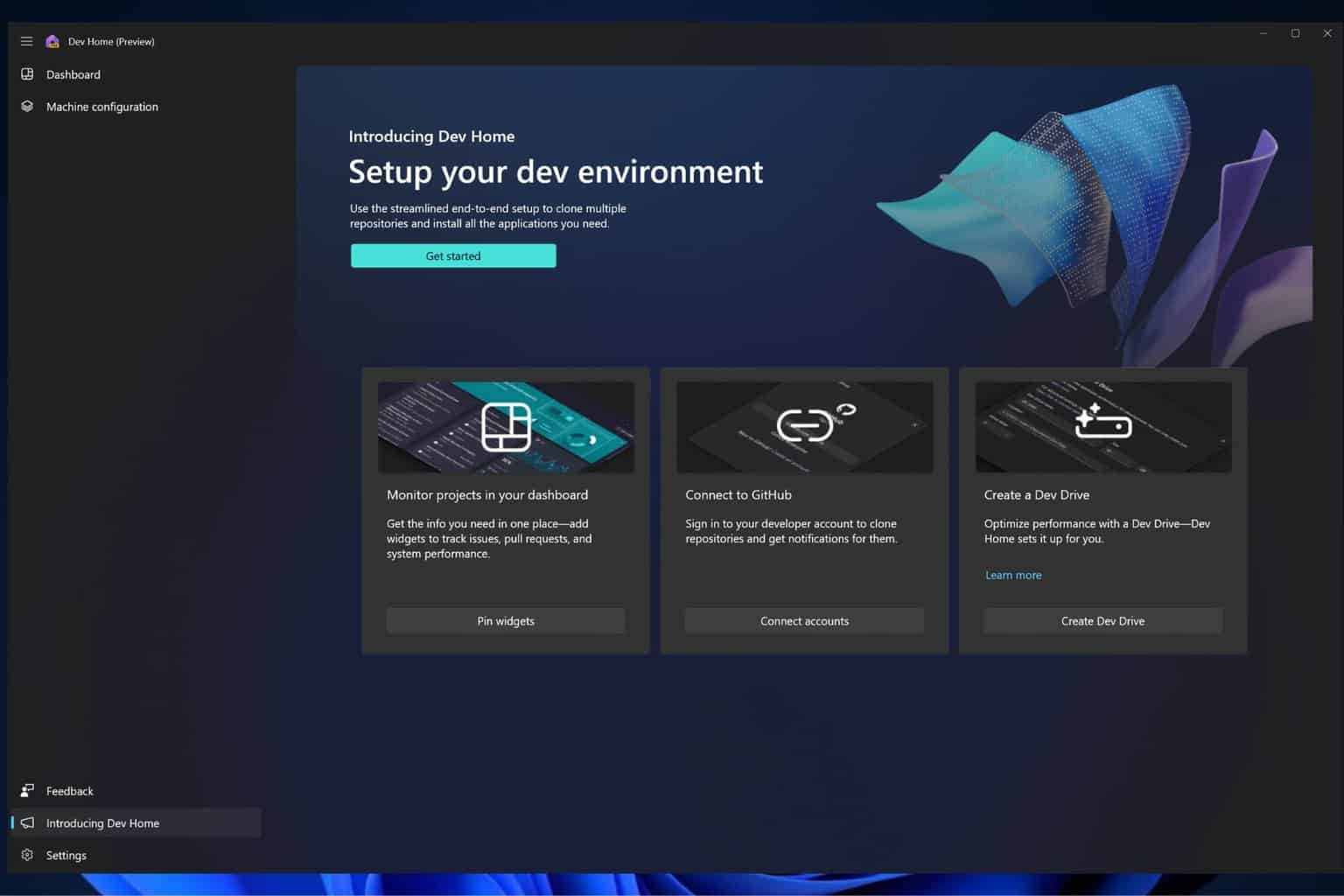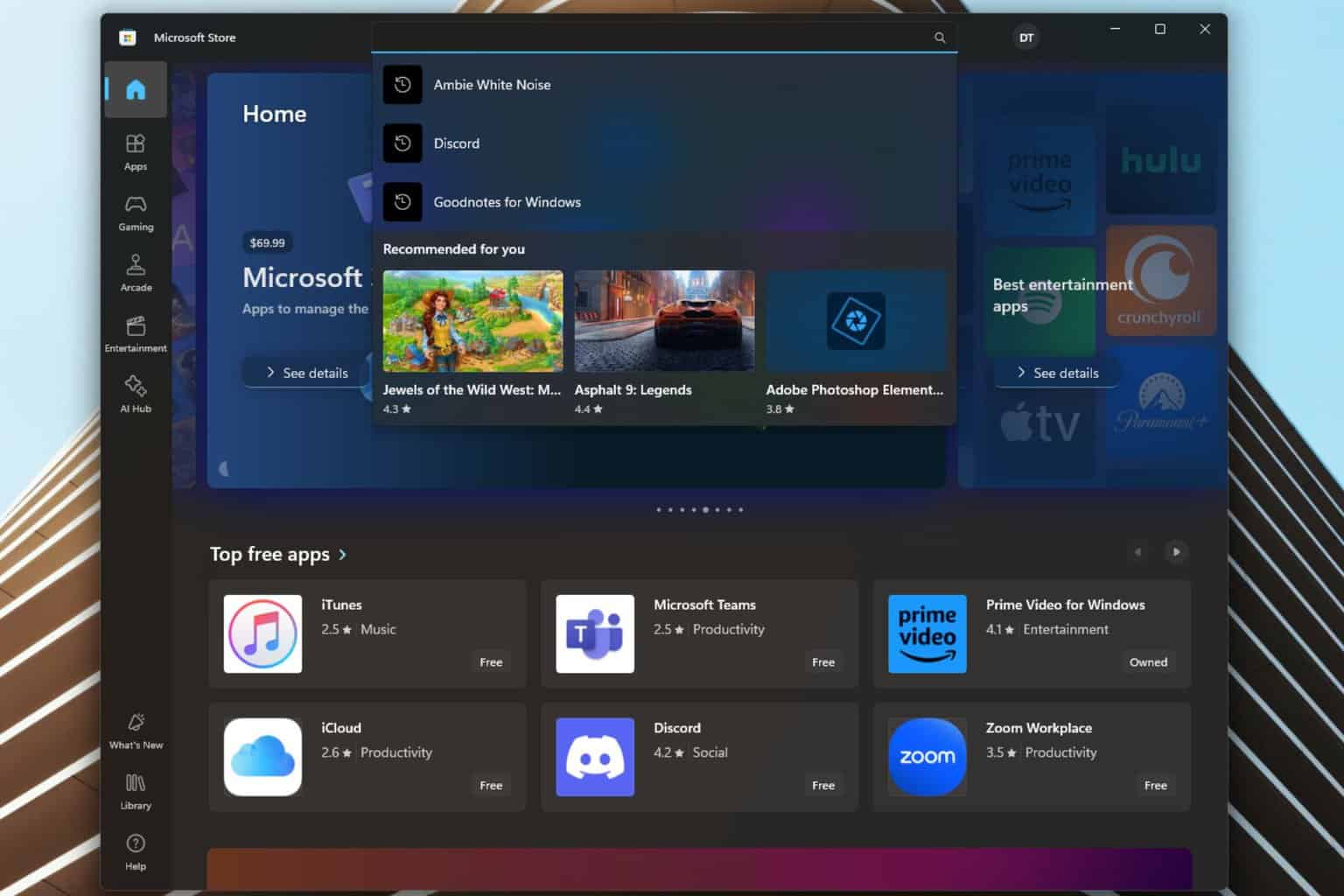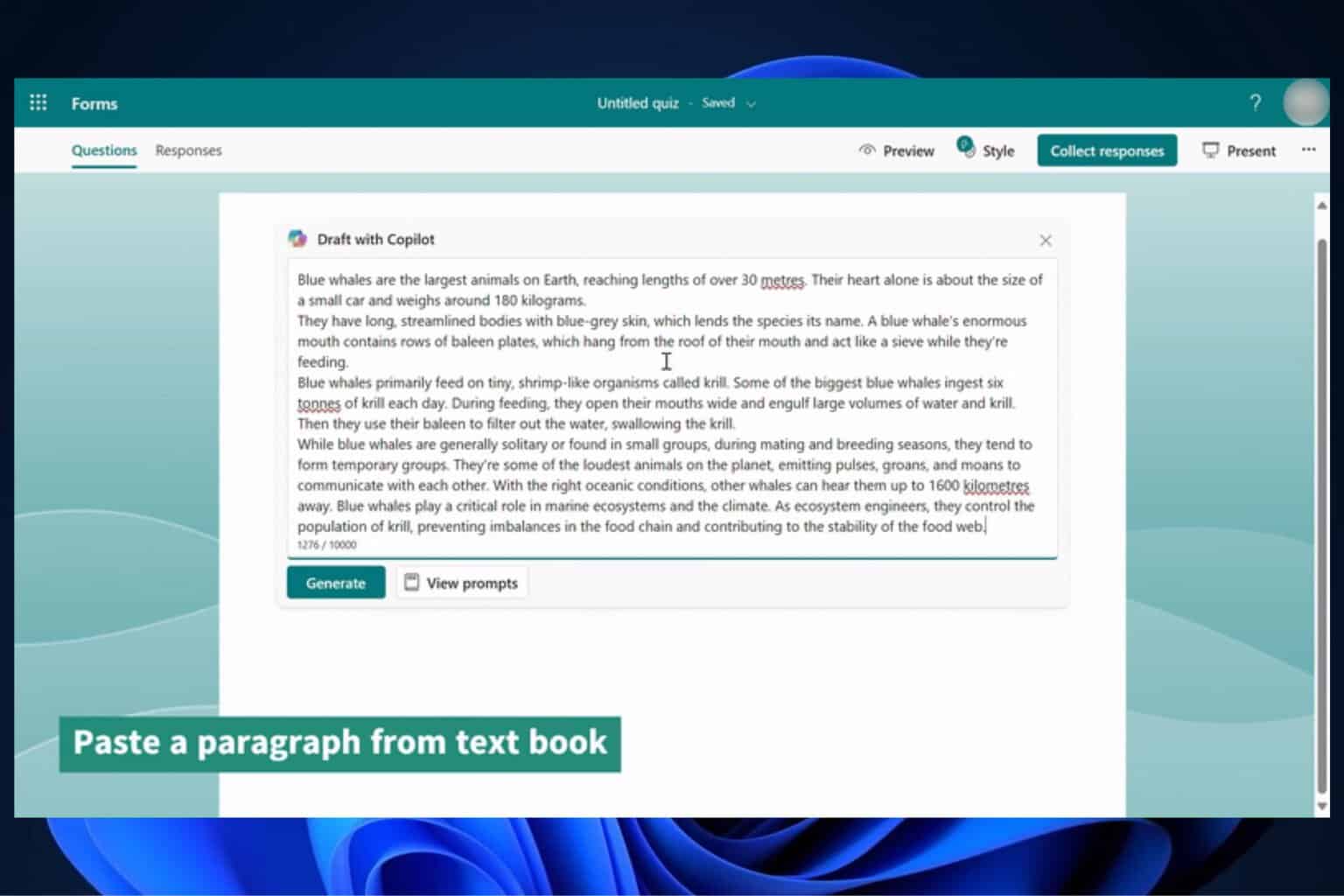Windows 10 now lets users track GPU performance
3 min. read
Published on
Read our disclosure page to find out how can you help Windows Report sustain the editorial team Read more

The Windows Task Manager is probably one of the most helpful and also the most used tools in the entire operating system. Surely everyone can recall at least a couple of times when they were in a jam and called on good ol‘Task Manager for help. Some use it to easily manage, set permissions or close running apps. Others however use the app to get quick and effective data regarding the computer parts and their performance.
Tracking computer performance might not be a priority or a concern for casual users, but power users often times do this to be more informed on how their PC operates. Knowing more about a computer’s performance levels allows the user to make modifications and push the machine more because it knows its limits and capabilities better.
More so, it also helps them keep machines in check and prevent bad situations. For example, keeping up with performance levels in the Task Manager can help a user understand that the processor is a lot more stressed than it should be at a given time, and so they can investigate and fix a potential problem.
GPU tracking is finally here
One of the biggest complaints people have had with the Task Manager is the fact that it didn’t provide GPU tracking. With the other major components tracked, users were always wondering when they would be able to see how their GPUs are performing. Those benefits are finally coming to the GPU with the new Windows 10 update. This change has been spotted in the 16226 build of Windows 10, which falls under the Fall Creators Update segment.
A lot of info
From displaying nothing at all regarding GPU performance, Microsoft is pulling a quick 180 with the Task Manager as now the tool will display a plethora of stats and useful information. There are many categories of information and users can see everything from GPU performance to GPU memory usage and so on.
Users can even see the stats for each individual GPU component, which is pretty cool especially for those that are using their GPUs for really intense processes where every last drop of power and how it’s used counts enormously.
Changing to multi-engine
The Task Manager info on the GPU won’t immediately display all information as it will come preloaded in Single engine mode. Users can right click and change the graph properties so that it shows multi-engine instead.
That’s one of the things that users will have to get used to once the new update comes out, but it will definitely be worth the slight learning curve. That is especially true when taking into consideration all the new possibilities born from the new GPU tracking feature.
RELATED STORIES TO CHECK OUT:








